Top 3 Steps Most Defib Owners Overlook
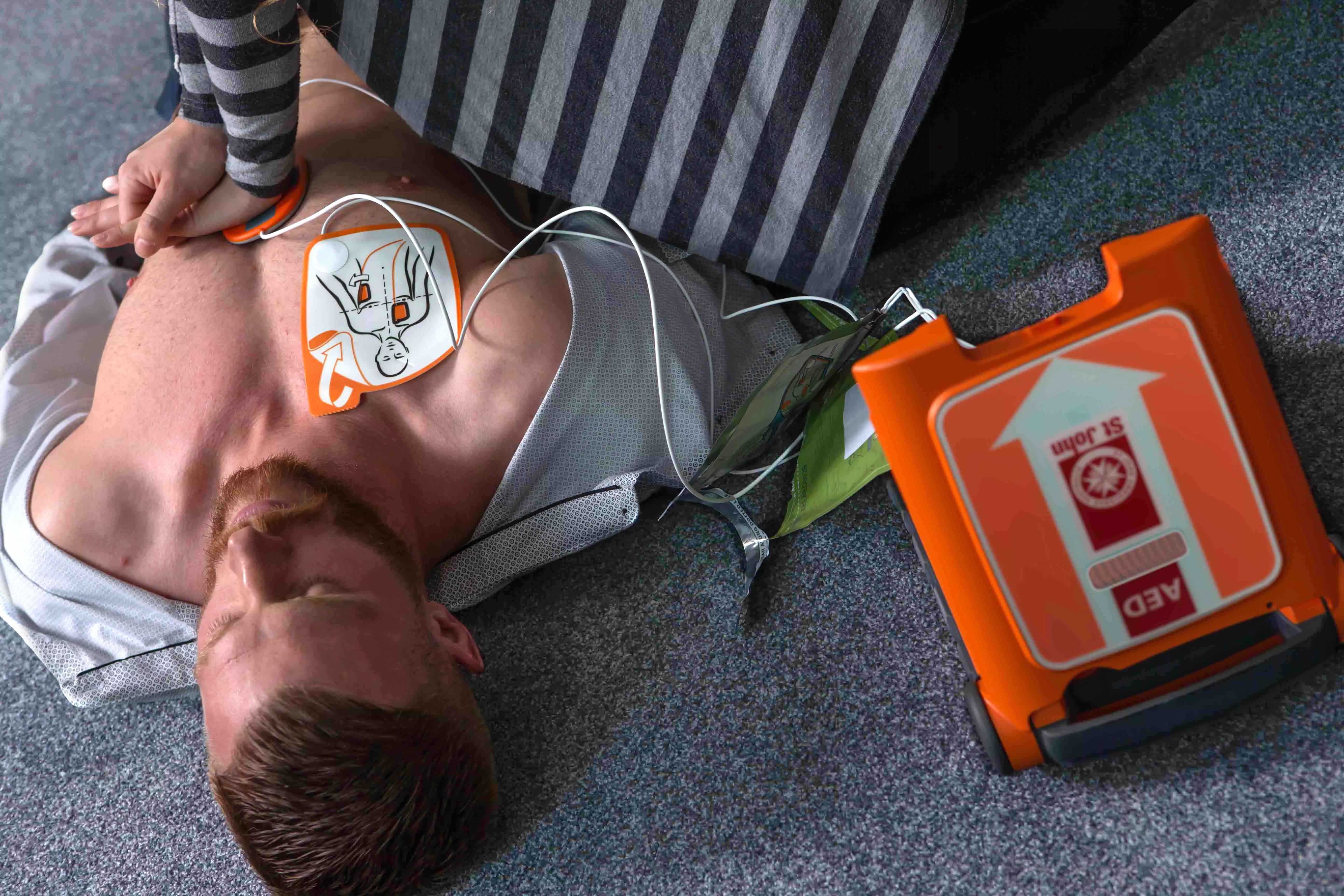
Defibrillators are commonly found in public spaces such as shopping centres, schools, and community centres, as well as workplaces and homes. With the number of cardiac arrest cases higher than ever – 6,934 cases were recorded by Ambulance Victoria in 2021, a 2.5% increase from the year before – it is sensible for organisations and individuals to buy a defibrillator.
Owning a defibrillator is always a good idea - but have you properly prepared your defib for effective use? In an emergency, the last thing you want is a defib that is inaccessible, or not functioning. If you have made the right decision to purchase a defibrillator, here's how you can maximise its potential to save lives.
Choosing a Location
Your defibrillator's effectiveness depends on where you put it. A defibrillator that is easily accessible in an emergency is much more useful than one that is kept locked away. Once you get your unit, you'll need to decide if you want to place it at a fixed location, or will it be on-the-go in your car?
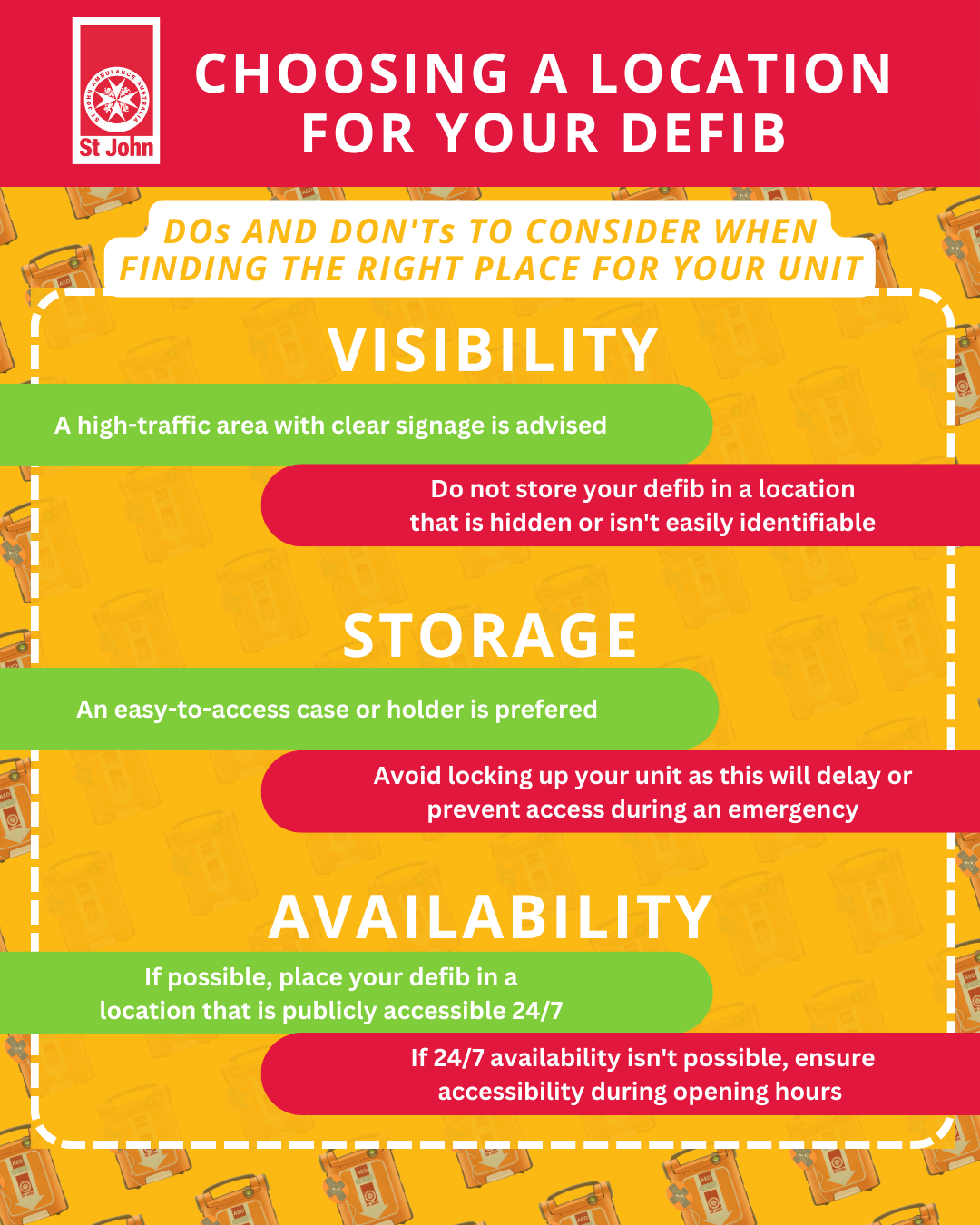
Here is a handy checklist to help you decide on the best place for keeping your defibrillator:
Registering Your Defibrillator
After you've decided on its location, you should register your defib with Ambulance Victoria’s Automated External Defibrillator (AED) Registry. Although this may seem like a small action, it could very well save a life.
During a sudden cardiac arrest, bystander defibrillation can increase the chance of survival from 5% to over 70% - but this can only be possible if there are known defibrillators close by. In partnership with GoodSAM, Ambulance Victoria has a life-saving mobile app that alerts qualified responders when there is a cardiac arrest happening nearby. If your defibrillator is registered, the system will be able to alert GoodSAM responders of its location.
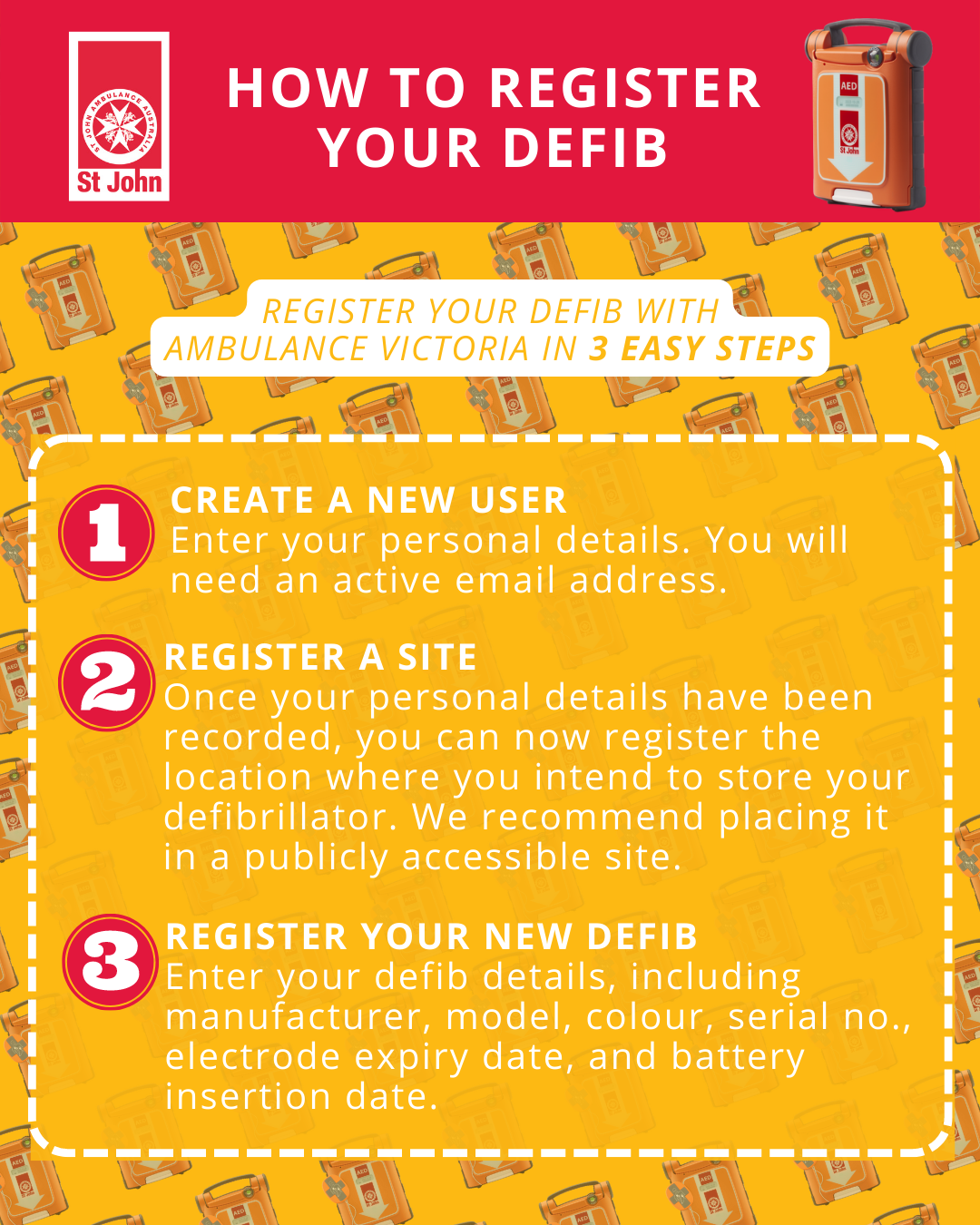
Maintenance and Care
As a defibrillator owner, you are responsible for ensuring it is properly maintained and cared for. Since most defibrillators perform routine self-testing, looking after your defibrillator is fairly simple, as long as you remember to regularly visually inspect your unit.
It’s recommended that you check the First Aid status ready button each time you walk past your defibrillator. You should also take note of when the battery was installed and ensure it is in working condition.
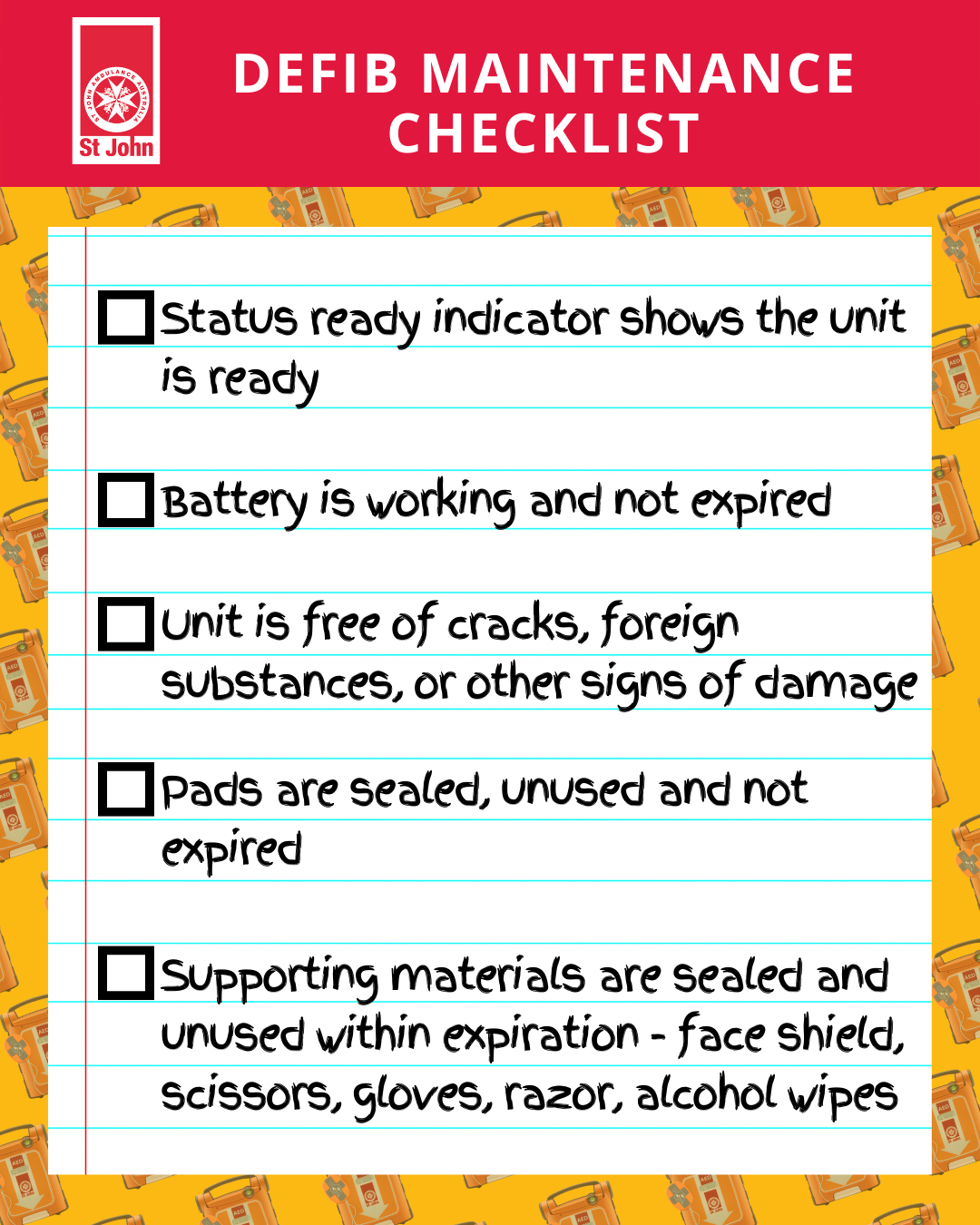
Each time after your defibrillator is used, you will need to replace the pads with a new set. You should also check that the battery is functioning.
For a comprehensive maintenance checklist, download this document:
If your registered unit is used in a public emergency, Ambulance Victoria will arrange for the device to be recommissioned and for the patient data to be downloaded and provided to the hospital.
According to the Ambulance Victoria page:
Want to know more about defibrillators? Check out these pages:
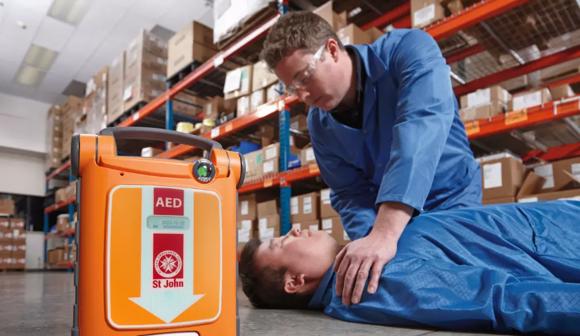
DEFIBRILLATORS: YOUR BASIC GUIDE ON HOW TO USE ONE
Know when, how, and what to do when using a defibrillator.
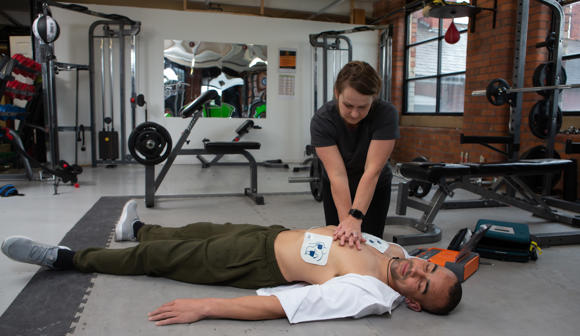
11 Defibrillator Myths Debunked
Learn the truth about these common misconceptions.
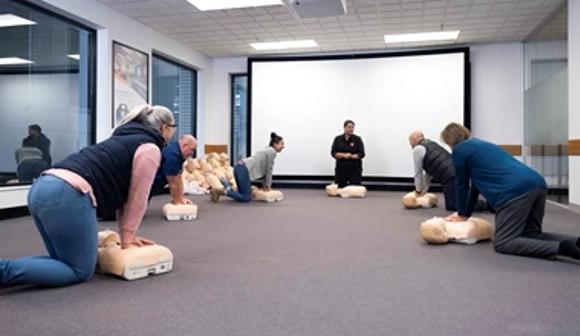
DEFIBRILLATOR (AED) MAINTENANCE
During a Sudden Cardiac Arrest, every second counts. You don't want to be in the middle of an emergency when you discover your defibrillator hasn't been set up or requires troubleshooting.
